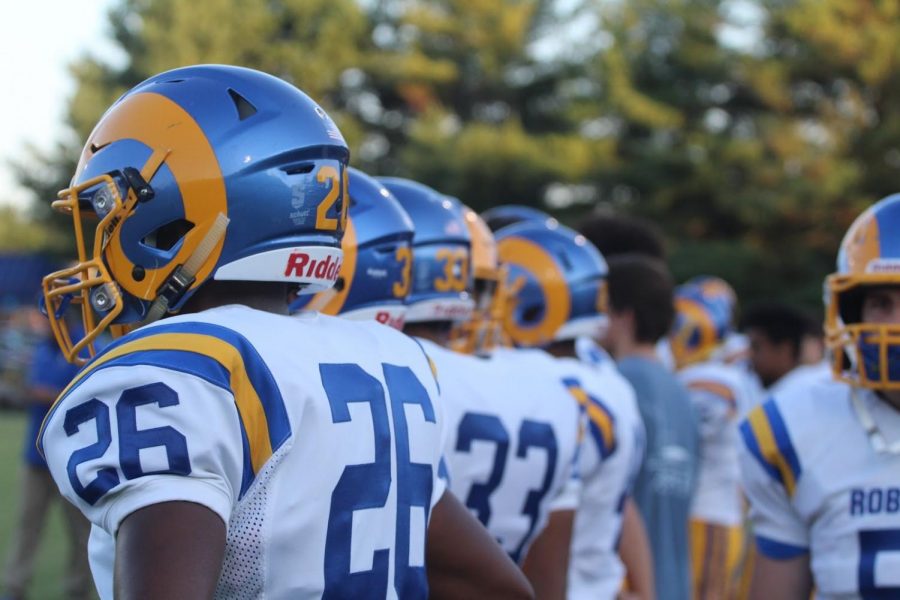When a fight breaks out in the hallways, a student’s first instinct is either to watch or use social media to inform their peers about what is happening. On the other hand, an administrator’s first thought is to break up the fight.
Most students are not informed of what happens directly after a fight is broken up.
“There are different levels of consequences and methods administrators use to resolve a fight,” security guard Sandra Corbin said.
Subschool principal Scot Turner said, when an administrator witnesses a fight, the first thing they do is try to get the attention of both sides.
Security guard James Harrison said administrators avoid using physical force when breaking up a fight, instead resorting to verbally splitting up the two parties.
Some security guards, such as Corbin and Harrison, said the first thing they do when a fight breaks out is call for assistance from other administrators before separating the two combatants.
However, Turner said the first thing he thinks of is student safety. Breaking up a fight is first on his list; he also said he is willing break a fight up alone, if necessary. Then, his second thought is to get the attention of other administrators.
Corbin said the crowd of spectators is one of the main obstacles the administrators face when trying to break up a fight.
Turner said most administrators will say, ‘Get out of the way, administrator.’ “It’s very unlikely the fighters will keep fighting after administration arrives,” he said.
After the crowd has split and the fighters are restrained, they are put into different conference rooms to discuss the situation separately and keep the two combatants apart.
A few months ago, a fight broke out in the junior locker bay. Turner said he witnessed the fight and to stop the fight, he had to put the two kids into a headlock. After they were restrained, they were put into separate rooms to resolve the situation.
“I think fights are pretty interesting,” sophomore Sahar Lutfi said. “When someone gets into a fight, they get the whole school talking. The fights are some of the most memorable moments of high school.”
A fight can lead up to either three to five days of suspension, recommendation for expulsion, a police charge from the school as a misdemeanor, offence for disrupting the educational environment or charges from the opponent’s parents for assault.
Corbin said usually only five percent of students who get into fights press charges on one another.
“I don’t like fights,” Turner said. “Fighting isn’t a way to solve a problem. Period. It’s a safety issue and we want students to know we take it seriously.”




